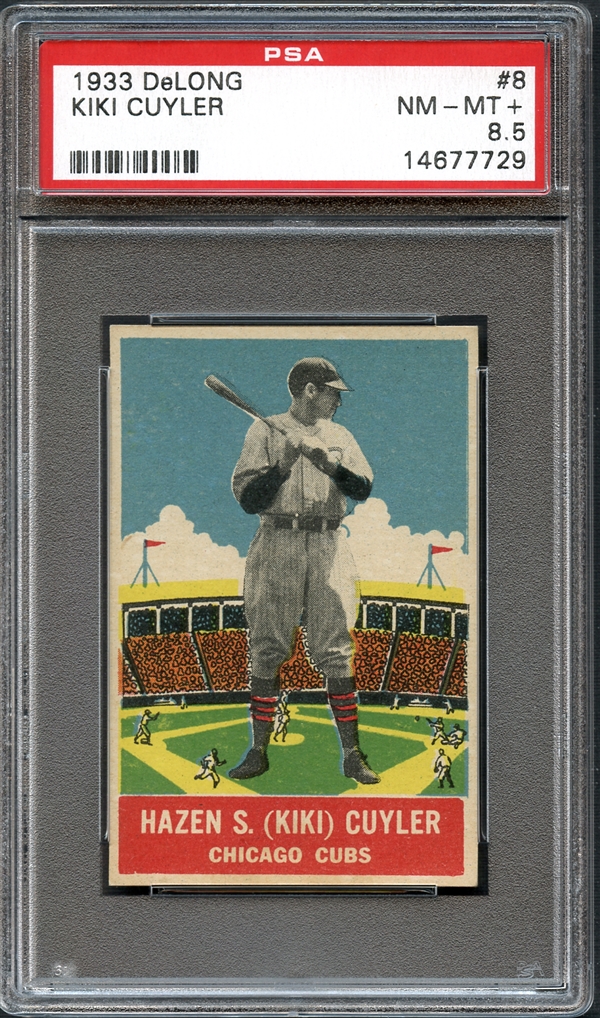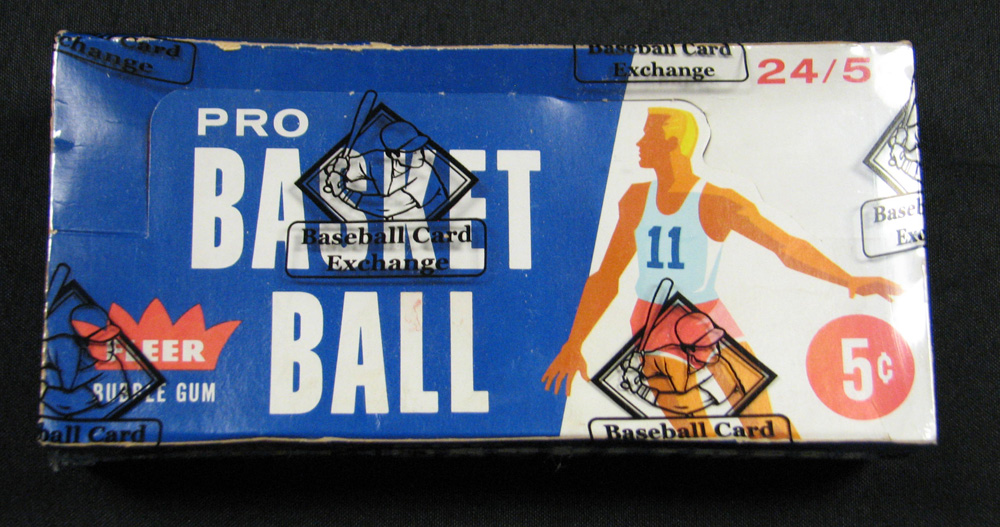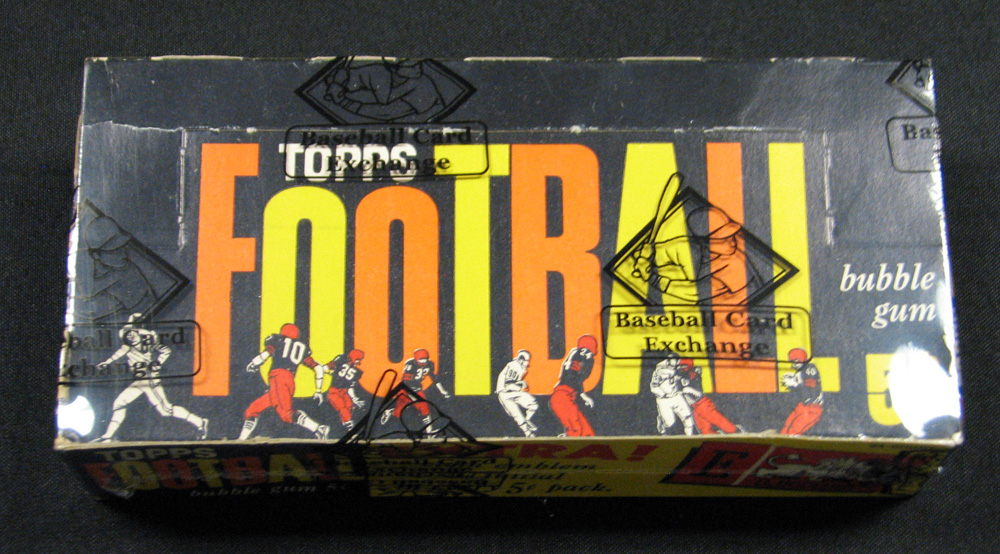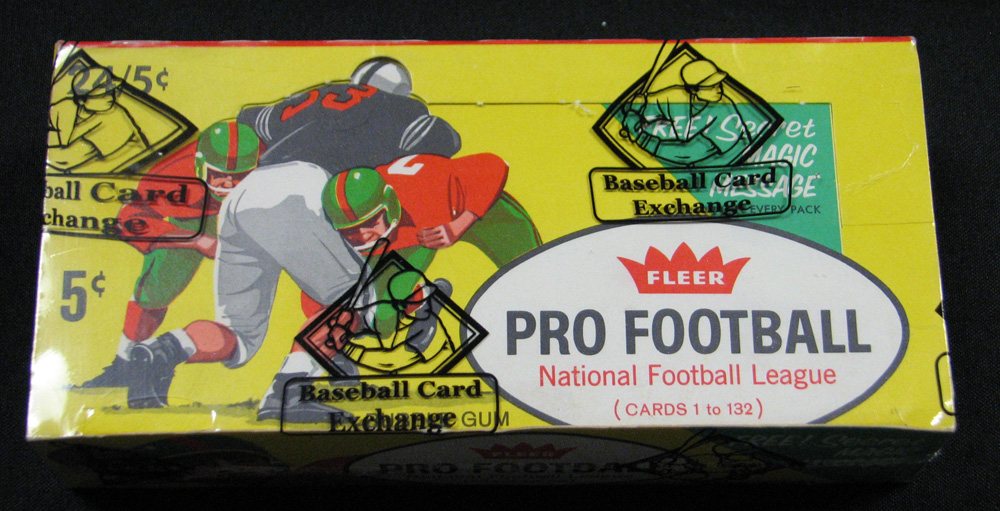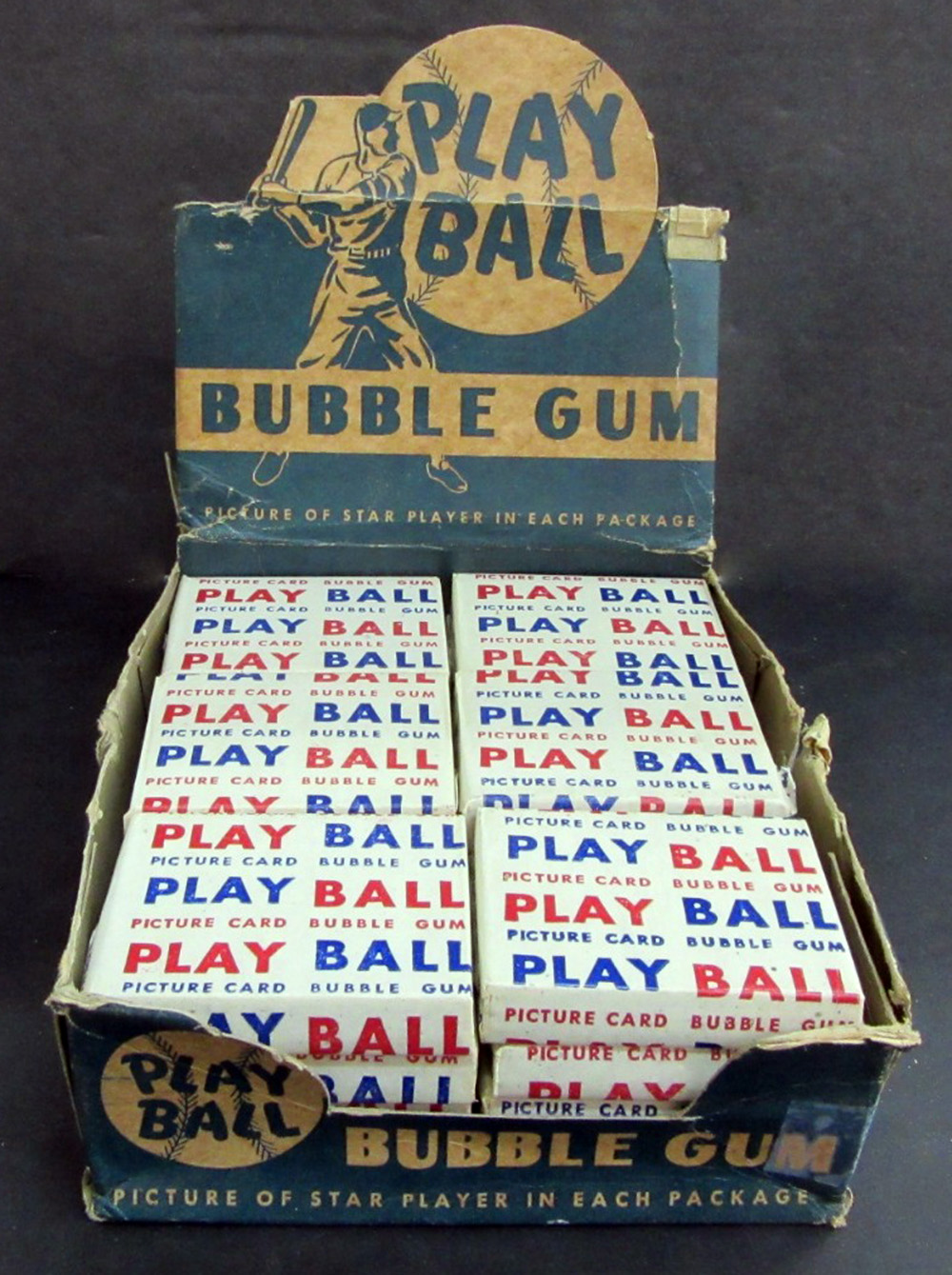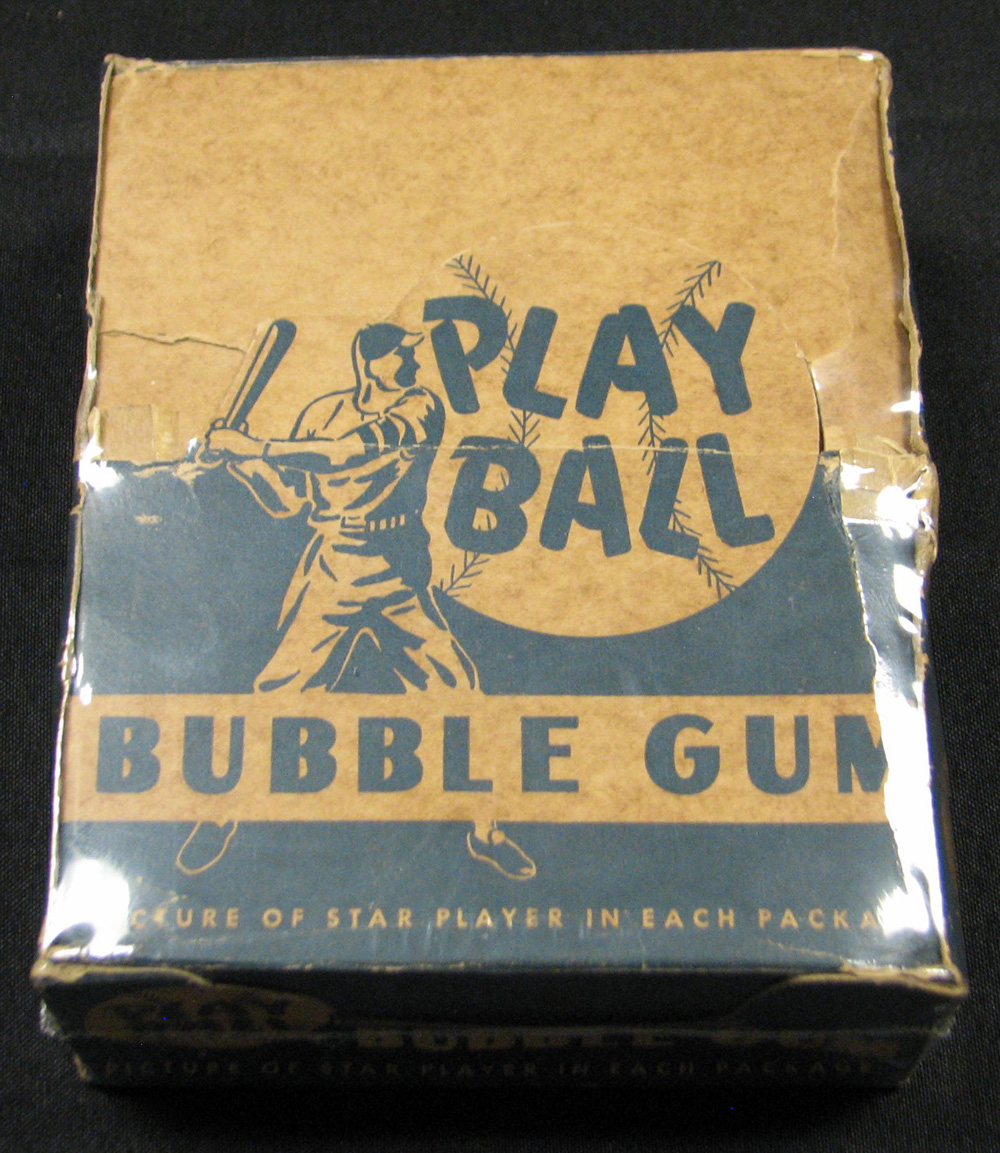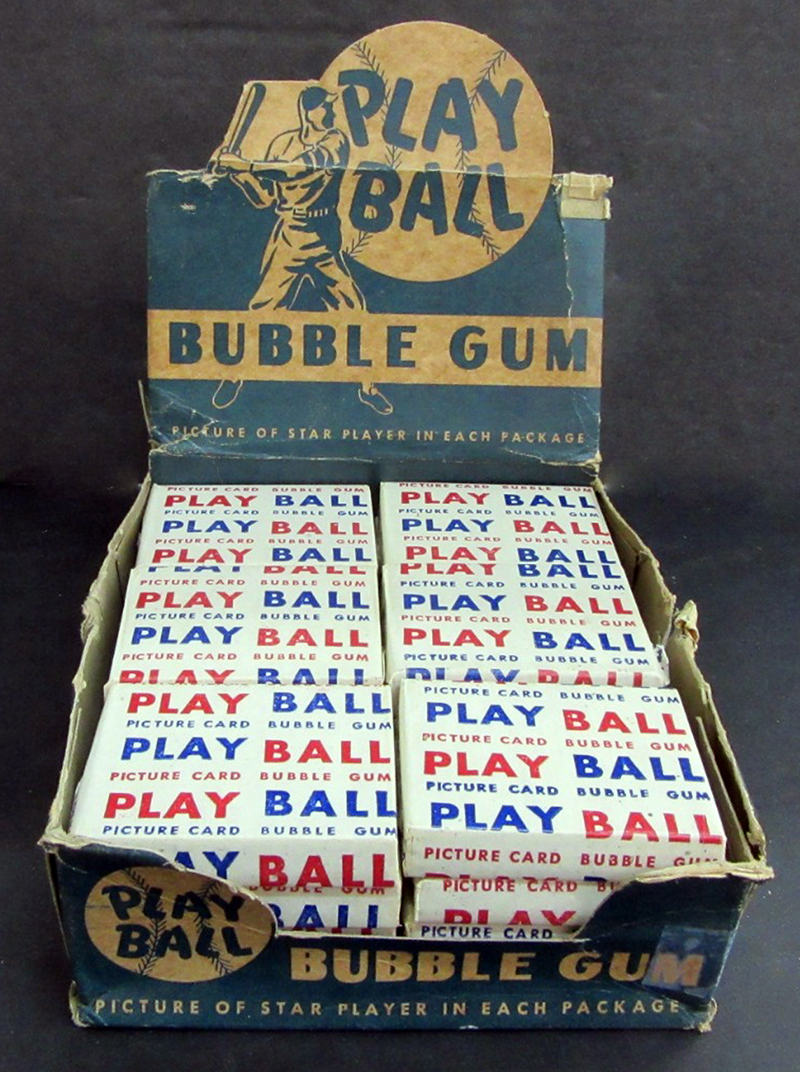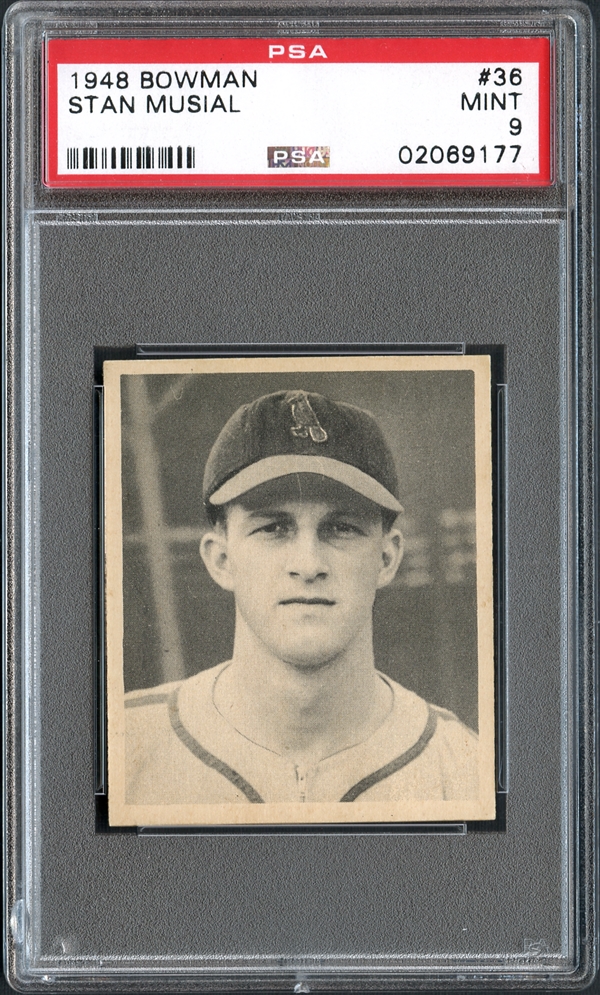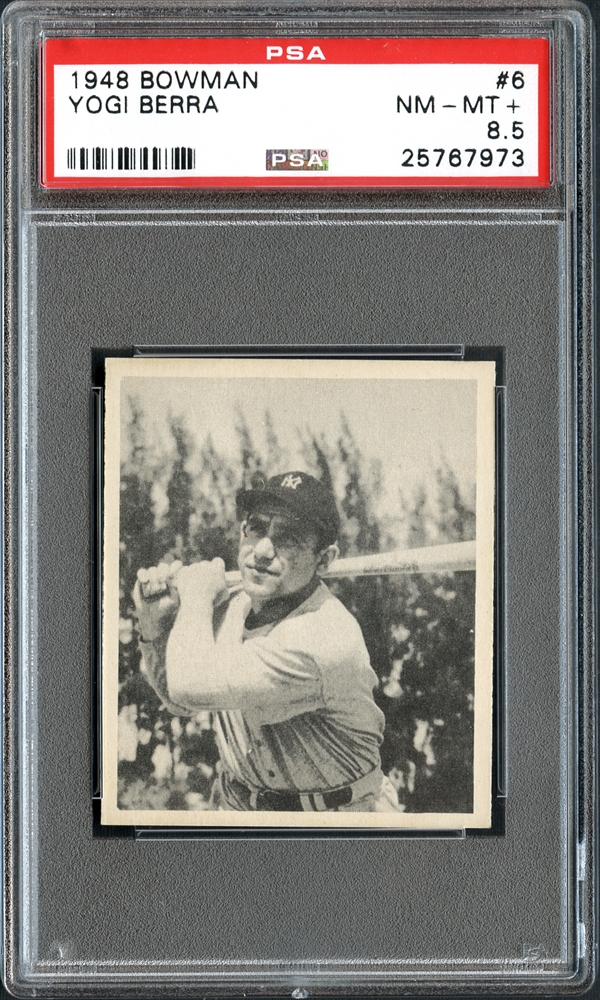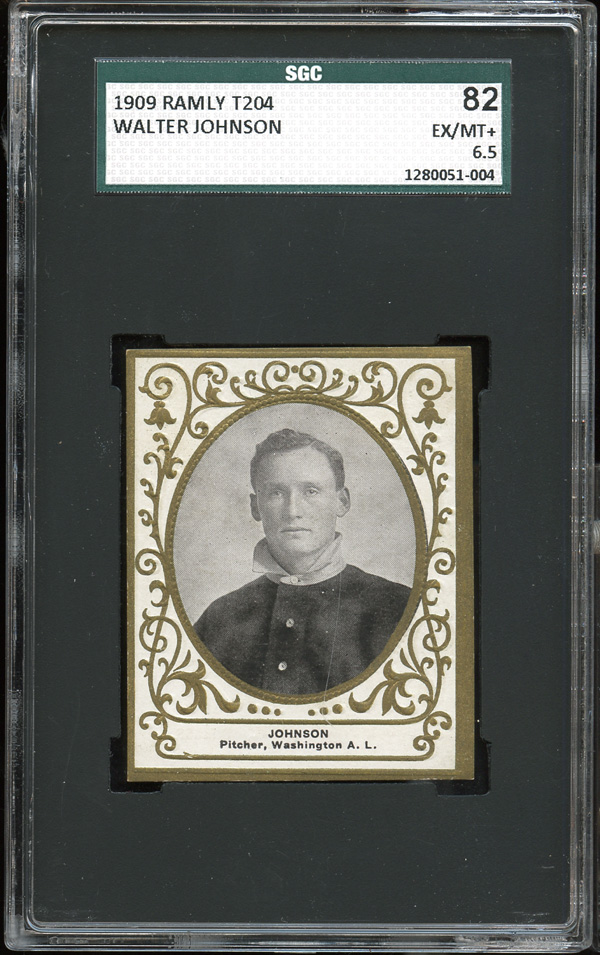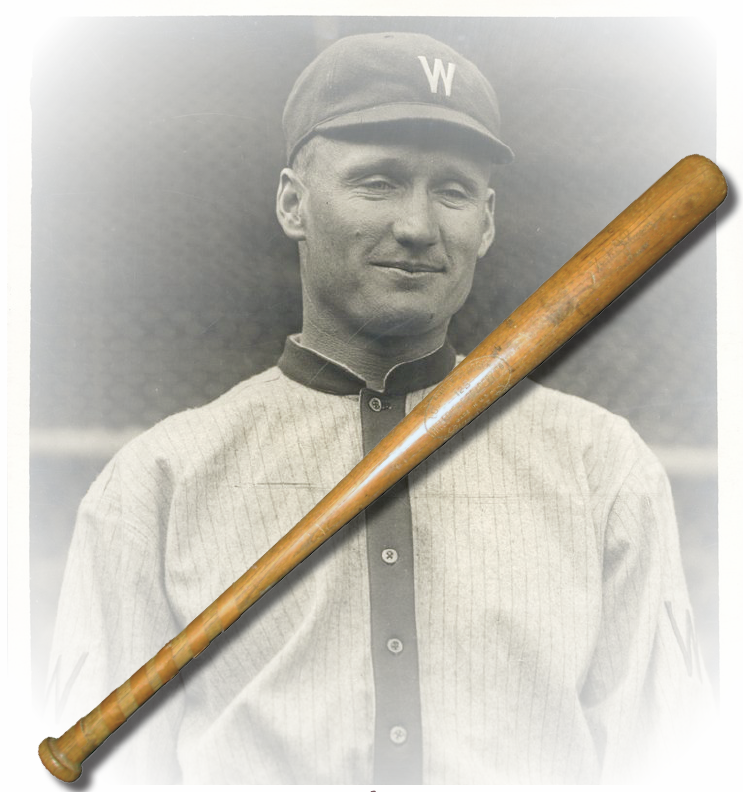A few weeks ago, we were getting ready to put the final touches on the upcoming June auction when the phone rang … “Hello, I have some unopened full boxes and almost full boxes from the 1950s and 1960s that I am considering for your auction.” Well that certainly sounded promising, so I asked, “that’s great, what do you have?” He started off by telling me about a complete 1959 Fleer Ted Williams box, which certainly caught my attention, and then went into material that included near full wax boxes of 1961 Topps football five cent, 1962 Topps football and 1962 Fleer football. As he went on further (1960 Fleer baseball near full box, 1961 Fleer football full box, 1961 Fleer baseball near full box, 1961 Nu-Card Scoops near full box and 1961 Nu-Card Football near full box), I was trying to put a dollar value on the whole group when he hits me with “ and there’s a 1961 Fleer basketball unopened box.” I was already impressed at this point, but when he mentioned the 1961 Fleer basketball box, I said to him, “Aha! You buried the headline on me.” Actually, we still hadn’t reached the headline!
“I’m sorry, can you repeat that?”
This was already the greatest compilation of unopened material I’d ever heard of, and then he said, “Oh, and I have a box, it’s only 19 of the 24 packs, but it’s a Play Ball box from 1948. Wait, no, it’s 1948 Bowman.” Now I’m starting to wonder if Brian (Drent, MHCC President and CEO) is trying to punk me. I said, “I’m sorry can you repeat that?” He said, “1948 Bowman. The box and the wrappers say Play Ball on them but it’s Bowman. There was an extra pack that’s open and it’s the little black and white cards.” Now I’ve never seen or even heard of anyone who has seen a 1948 Bowman pack, but he’s claiming to have 19 unopened packs and the original box (which I also have never seen or heard of). I had to ask the obvious question, “How did you come across all of this?” He told me it was left to him by a member of his family who owned and operated a confectionary company that produced trading cards in the 1950s and 60s, though not a competitor to Topps, Fleer or Bowman in the sports card market. A quick Google search confirmed it and he still lived in the city from which the company had operated. Realizing that this would require an in-person pick-up due to our quickly approaching deadline, I asked if we could call him back in 5 minutes and sprinted down the hall with my page of notes to Brian’s office.
“You need to get off the phone NOW!”
Brian was looking out the window while talking on his cell phone when I walked in. As he turned and caught my eye, I said, “You need to get off the phone now!” Looking slightly perplexed but still, I handed him the notes, still listening to the person on the other end of the phone. After a few seconds of perusing the paper, he said, “Listen I gotta call you back.” Brian looked at me as if now I’m trying to punk him, but once I explained the lineage of the collection, he was back on the phone. Fifteen minutes later, he was booking a flight to pick up the collection.
Untouched for over a half-century
The next day, Brian arrived to find the boxes laid out on a white linen across a dining room table. He was immediately drawn to the ’48 Bowman box, which seemed odd because it had “Play Ball” advertised all over the box and the packs. The thickness of the packs was also unusual but similar to a 1952 Bowman pack he has once seen. If not for the one opened pack, which contained five well-centered NM/MT to potentially GEM MINT examples and three large slabs of gum, there really wasn’t any indication that they were 1948 Bowman packs. The collection had been stored in a vintage Stroh’s beer case that was as old as the cards, the ones made of thick cardboard stock that originally had the insert to separate individual bottles. It was clear that this collection had been untouched for over a half-century. The consignor asked what he thought the collection was worth and revealed a dollar figure with his own estimate. Brian looked at the number and said, “Let’s put it this way; I’ll pay you four times that amount right now but I advise you not to take it. That’s what I think it’s worth”
“It’s Marvelous …”
We contacted Baseball Card Exchange owner Steve Hart, widely recognized as the foremost authority of unopened material, to examine and authenticate all of the material. After a few days of the material in his possession, we called Steve to ask what he thought. “It’s marvelous, all of it,” he claimed, verifying the authenticity by sealing the full boxes and adding their stamp of approval while providing a Letter of Authenticity and wrapping the near full boxes. Even Mr. Hart was not aware of any other 1948 Bowman baseball packs known to exist. The five cent packs are “NM to NM/MT and awesome” according to BBCE. The original box, though heavily damaged and taped, is also the only known example. In fact, BBCE had specific comments for each of the boxes:
- 1959 Full Ted Williams full wax box – This one is extremely clean with NM/MT to MINT packs.
- 1961 Fleer football full wax box – Most boxes have been salted away in collections and don’t come out anymore. Packs are NM/MT.
- 1961 Topps football full wax box – The crown jewel of the find (other than the ’48 Bowman). I’ve seen less than 10 packs and they are usually EX … I’ve never heard of a full box. These packs are NM/MT to MINT.
- 1961-62 Fleer basketball full wax box – Packs are NM to NM/MT and as fresh as can be.
- 1962 Topps football near full wax box (20/24) – Packs are NM/MT overall and sweet.
- 1960 Fleer Baseball Greats near full box (20/24) – Ten of the packs have mildew damage, the other 10 packs are NM to NM/MT.
- 1961 Fleer Baseball Greats near full box (20/24) – Packs are sweet and NM/MT.
- 1962 Fleer football near full box (19/24) – Packs are NM/MT and very rare.
- 1961 Nu-Card Scoops baseball near full box (23/24) – Packs are NM to NM/MT overall.
Whether you’re a serious collector or just a curious bystander, this collection of unopened material will certainly be remember throughout the sports card hobby for generations to come. The Mile High Card Company Spring Auction will begin May 30th and conclude on June 15th. For additional information or to consign to an upcoming auction, please visit our website at www.milehighcardco.com or call our office at (303) 840-2784.
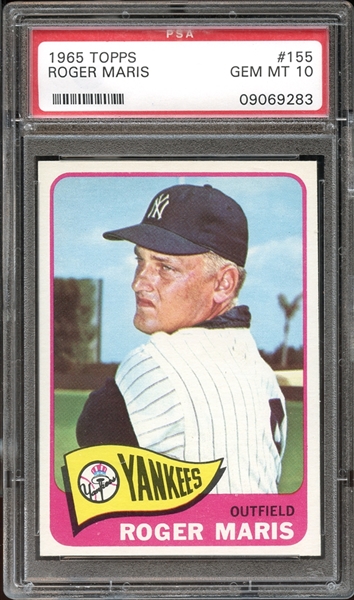 For the first time since the 1957 collection, the 598-card ’65 set featured a great selection of rookie cards with Hall of Famers Joe Morgan and Steve Carlton as well as short-printed cards of Catfish Hunter and Tony Perez leading the way. The debut card featuring Masanori Murakami, the first Japanese player in the majors, added an international flair while star pitchers Luis Tiant, Denny McLain and Tug McGraw also making their first appearances. For the third straight year, the set opens with American and National League Leaders cards and includes World Series Highlights cards from #132-139. Of course, the key cards in the set are Mickey Mantle, Willie Mays, Hank Aaron, Roberto Clemente, Pete Rose and Sandy Koufax, all of which are among their priciest cards in high-grade. Speaking of which, the set is tough but possible to assemble at or near of the top of PSA’s grading scale with only 1,332 cards have graded PSA 10 or about one out of every 150 submissions, and just over 11% of all submissions have received a MINT grade. Several significant Hall of Fame issues have yet to find their way to the PSA 10 level, including 50 Marichal, 160 Clemente, 300 Koufax, 330 Ford, 350 Mantle and 400 Killebrew. And that leads us to one of the most amazing post-war sets ever assembled.
For the first time since the 1957 collection, the 598-card ’65 set featured a great selection of rookie cards with Hall of Famers Joe Morgan and Steve Carlton as well as short-printed cards of Catfish Hunter and Tony Perez leading the way. The debut card featuring Masanori Murakami, the first Japanese player in the majors, added an international flair while star pitchers Luis Tiant, Denny McLain and Tug McGraw also making their first appearances. For the third straight year, the set opens with American and National League Leaders cards and includes World Series Highlights cards from #132-139. Of course, the key cards in the set are Mickey Mantle, Willie Mays, Hank Aaron, Roberto Clemente, Pete Rose and Sandy Koufax, all of which are among their priciest cards in high-grade. Speaking of which, the set is tough but possible to assemble at or near of the top of PSA’s grading scale with only 1,332 cards have graded PSA 10 or about one out of every 150 submissions, and just over 11% of all submissions have received a MINT grade. Several significant Hall of Fame issues have yet to find their way to the PSA 10 level, including 50 Marichal, 160 Clemente, 300 Koufax, 330 Ford, 350 Mantle and 400 Killebrew. And that leads us to one of the most amazing post-war sets ever assembled.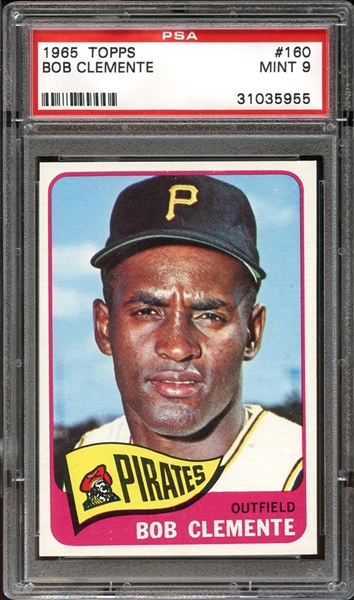 At an overall GPA of approximately 9.85, the 1965 Topps Set featured in MHCC’s March auction is well over a half-point ahead of its next closest challenger. There are 211 cards graded GEM MINT; that’s almost 16% of all existing GEM MINT specimens. Key cards to earn PSA’s top grade include #1 AL Batting Ldrs., 5 AL RBI Ldrs., 6 NL RBI Ldrs., 10 NL Pitching Ldrs., 12 NL Strikeout Ldrs., 95 Mazeroski, 155 Maris, 187 Stengel, 193 Perry, 205 Spahn, 377 Stargell, 500 Mathews, 513 Yankees Team and 540 Brock. Every other card is graded PSA 9. For high-grade set-builders, this is a golden opportunity to raise your set rating because this set is being offered two ways; in its entirety as well as individual lots, with the final sale determined by the greater total of the set versus the sum of the lots.
At an overall GPA of approximately 9.85, the 1965 Topps Set featured in MHCC’s March auction is well over a half-point ahead of its next closest challenger. There are 211 cards graded GEM MINT; that’s almost 16% of all existing GEM MINT specimens. Key cards to earn PSA’s top grade include #1 AL Batting Ldrs., 5 AL RBI Ldrs., 6 NL RBI Ldrs., 10 NL Pitching Ldrs., 12 NL Strikeout Ldrs., 95 Mazeroski, 155 Maris, 187 Stengel, 193 Perry, 205 Spahn, 377 Stargell, 500 Mathews, 513 Yankees Team and 540 Brock. Every other card is graded PSA 9. For high-grade set-builders, this is a golden opportunity to raise your set rating because this set is being offered two ways; in its entirety as well as individual lots, with the final sale determined by the greater total of the set versus the sum of the lots.
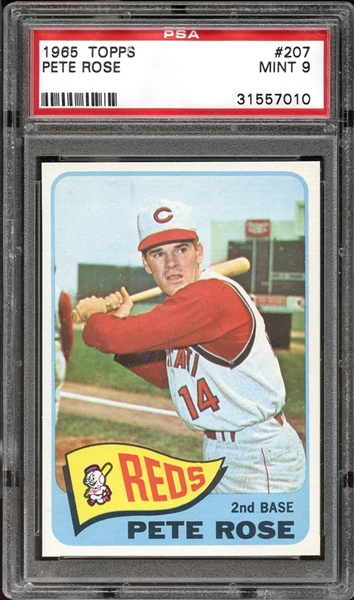
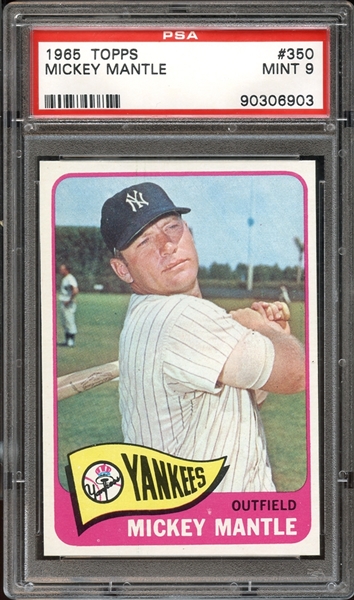
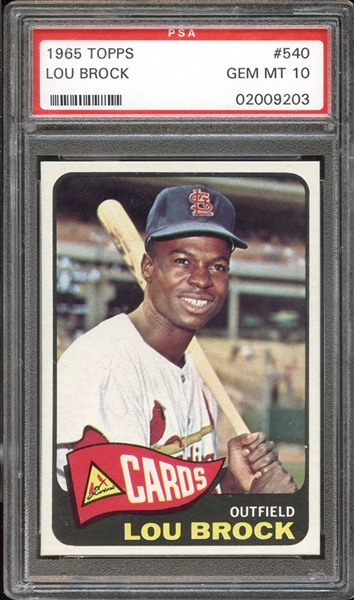
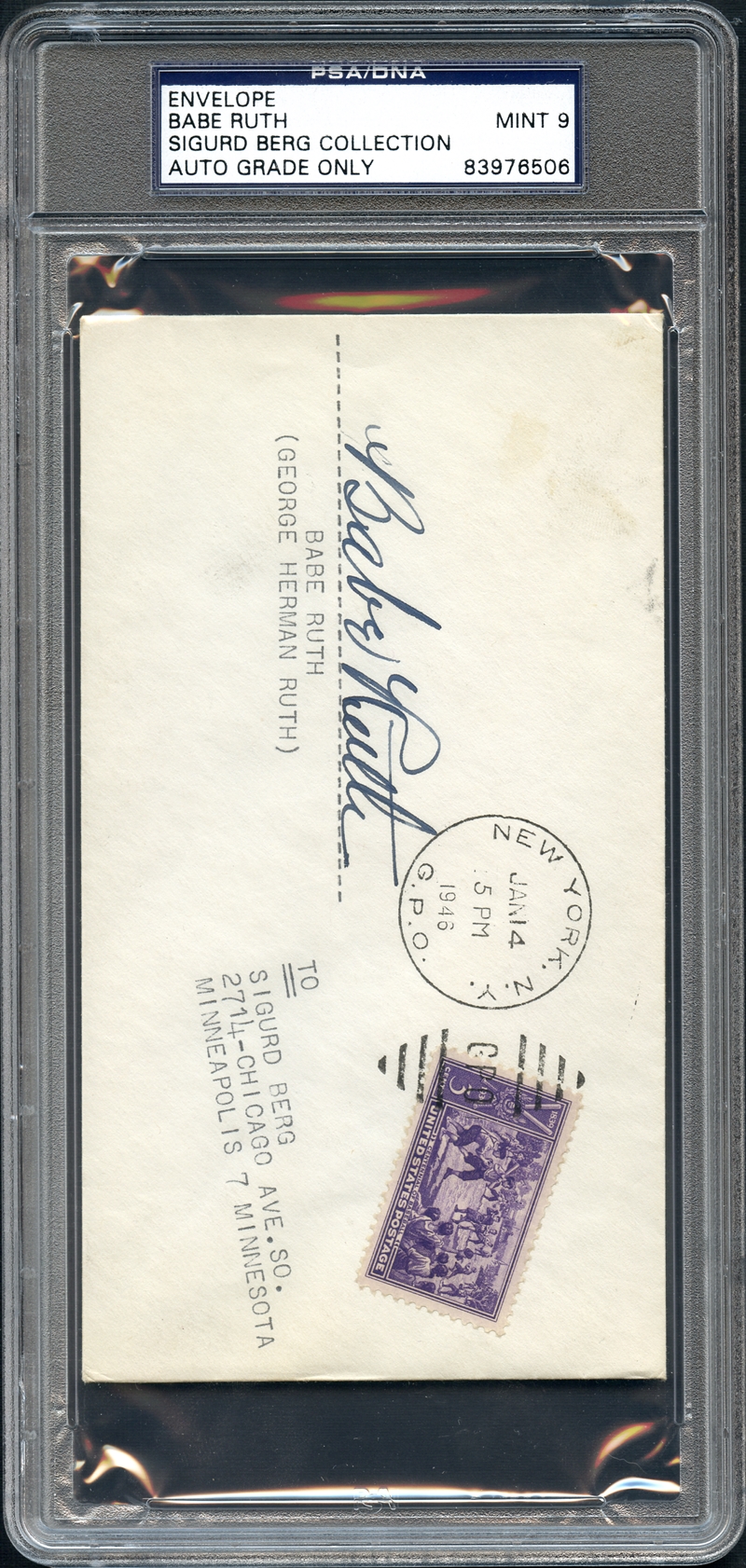
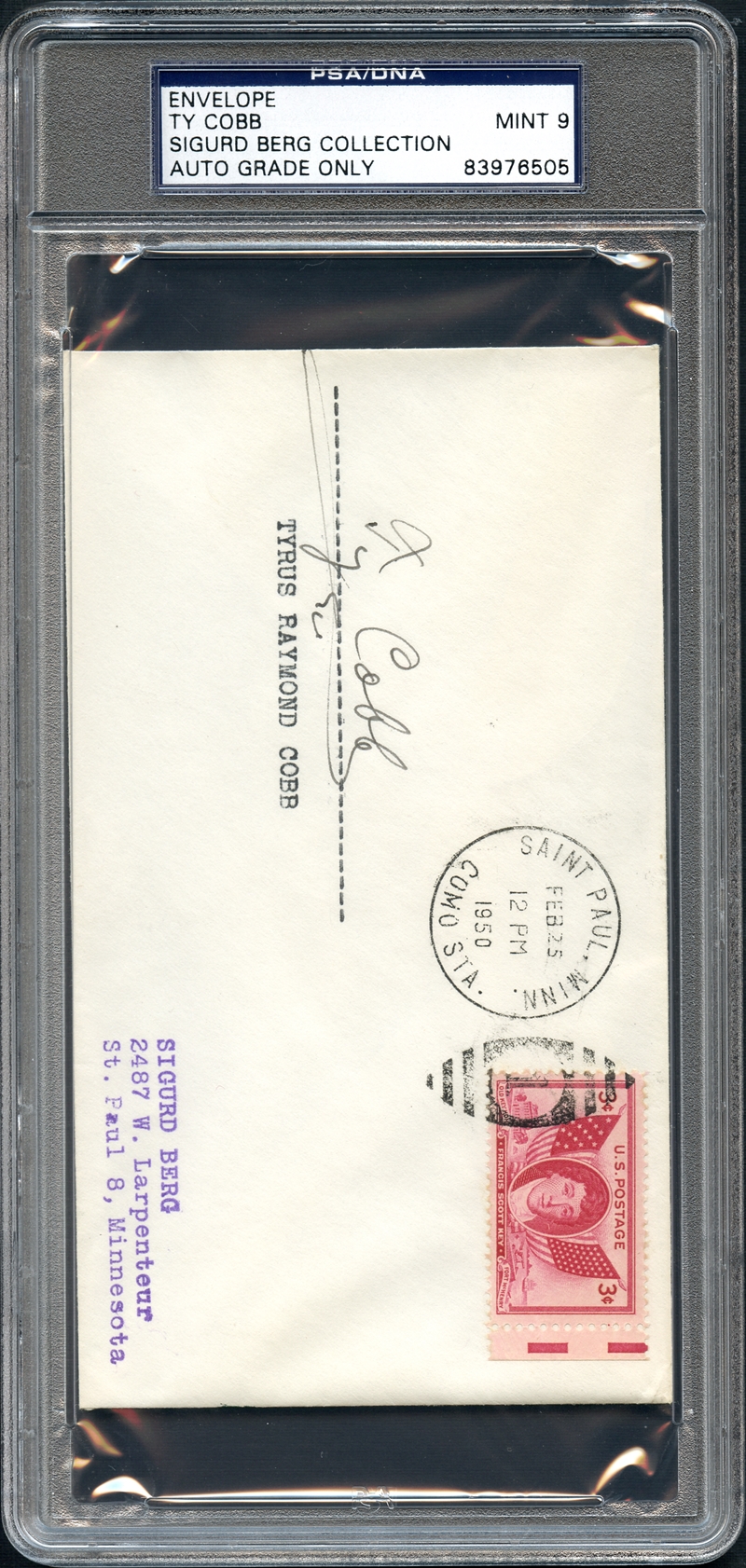
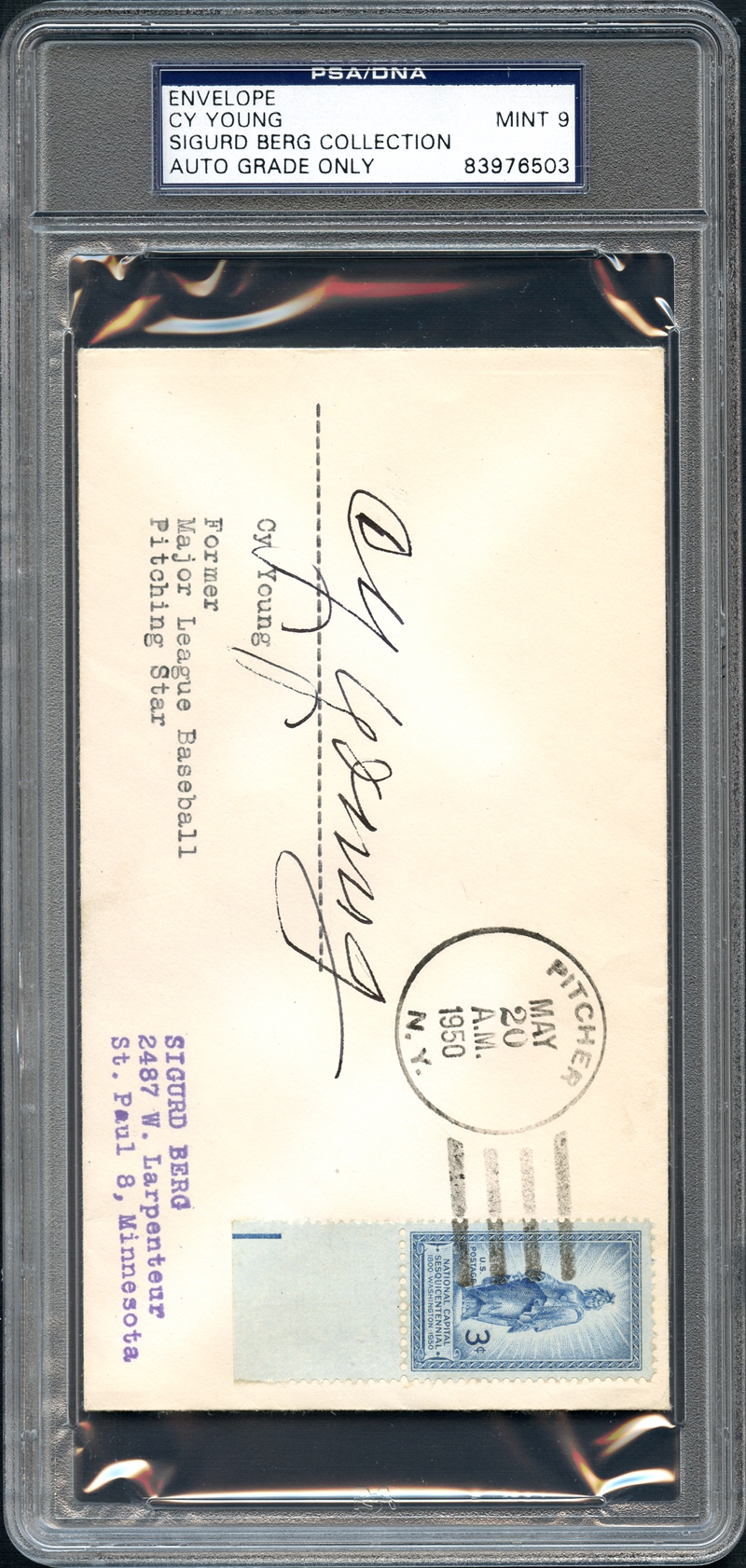
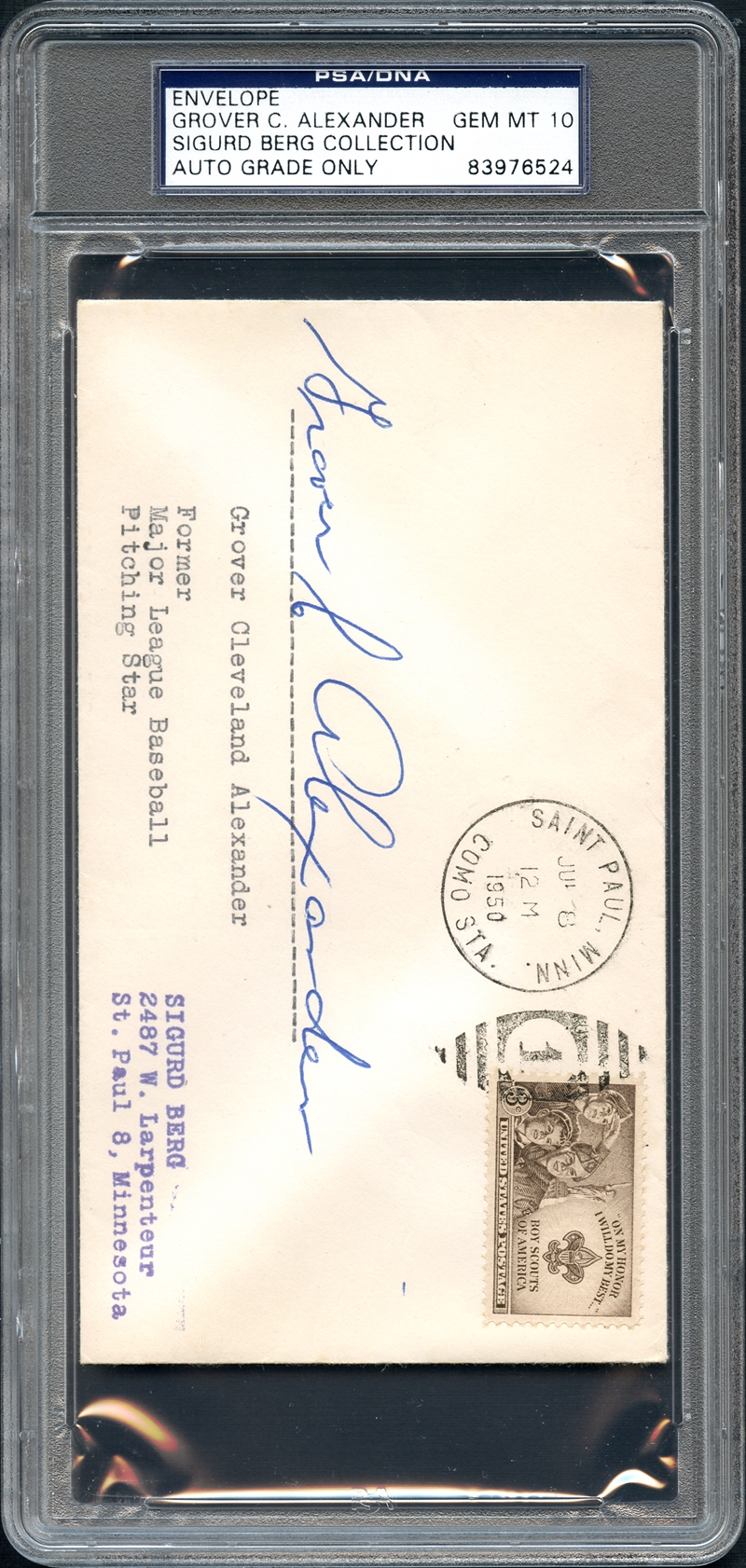
 Caramel Cards – Tobacco’s More Colorful Cousin
Caramel Cards – Tobacco’s More Colorful Cousin Mile High Card Company To Offer Over 300 Lots of Caramel Cards in March 2018 Auction.
Mile High Card Company To Offer Over 300 Lots of Caramel Cards in March 2018 Auction.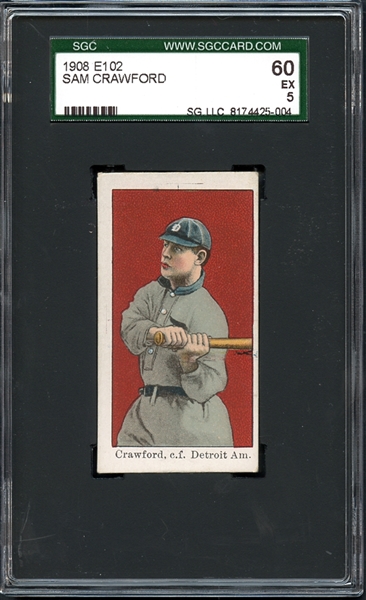
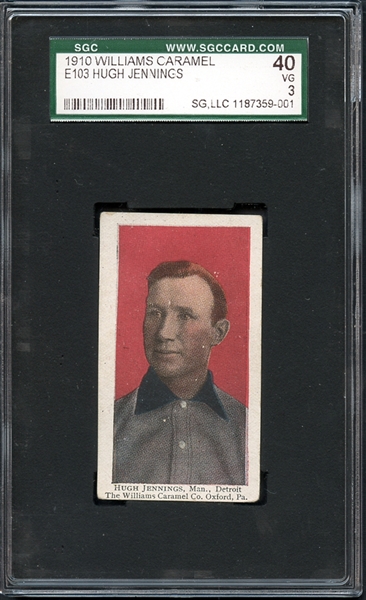
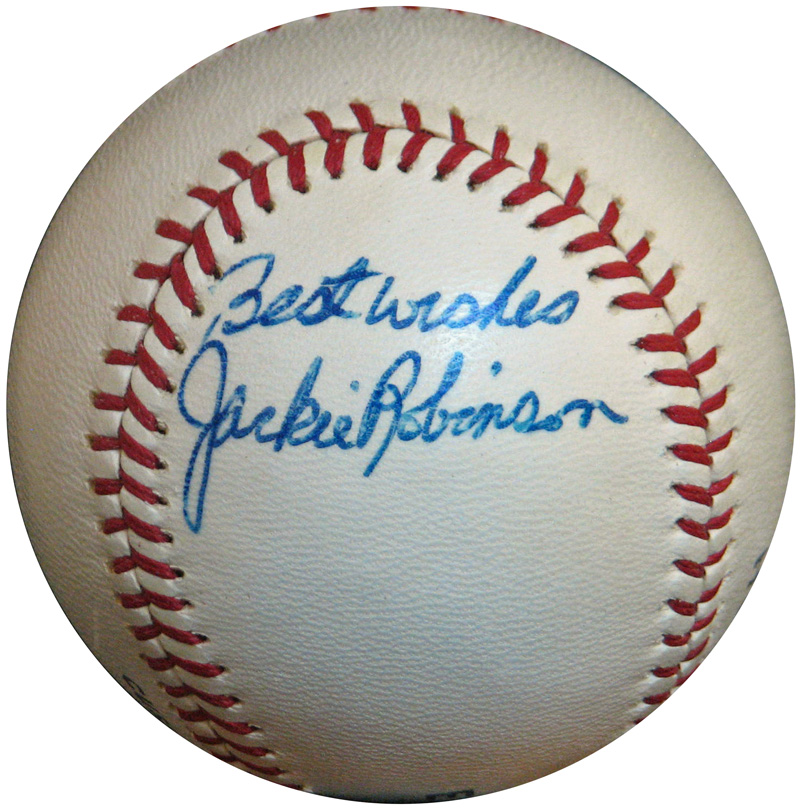
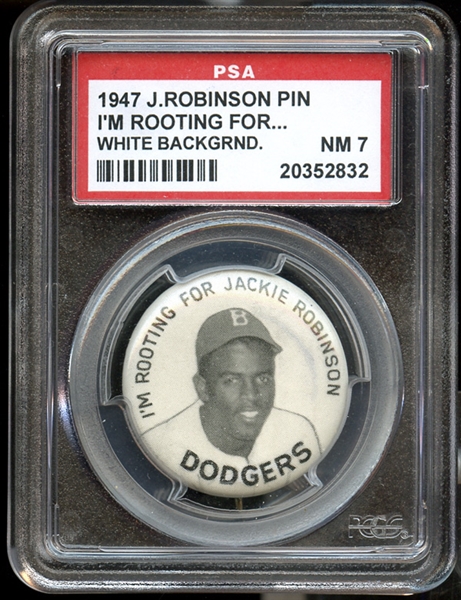
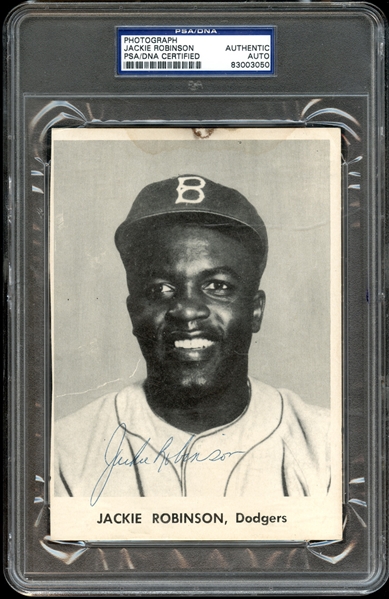 Starting his major league career at the advanced age of 28, Robinson played only ten seasons from 1947 – 1956, all of them for the Brooklyn Dodgers. During that time, the Dodgers played in six World Series and Robinson was selected to play in six All-Star games. His career marked the beginning of the “post long-ball” era that saw the strategy of raw power give way to a more balanced attack that included speed and superior base running. Robinson was one of only two players during his career to accumulate at least 125
Starting his major league career at the advanced age of 28, Robinson played only ten seasons from 1947 – 1956, all of them for the Brooklyn Dodgers. During that time, the Dodgers played in six World Series and Robinson was selected to play in six All-Star games. His career marked the beginning of the “post long-ball” era that saw the strategy of raw power give way to a more balanced attack that included speed and superior base running. Robinson was one of only two players during his career to accumulate at least 125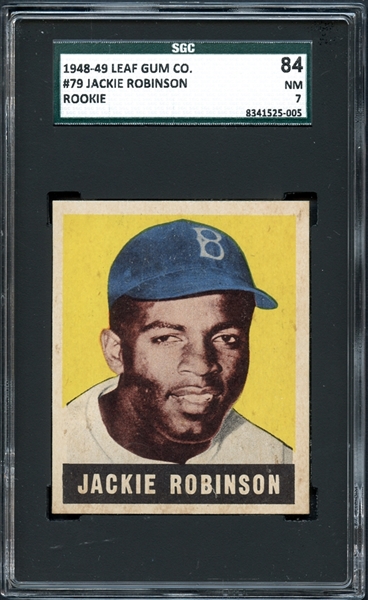
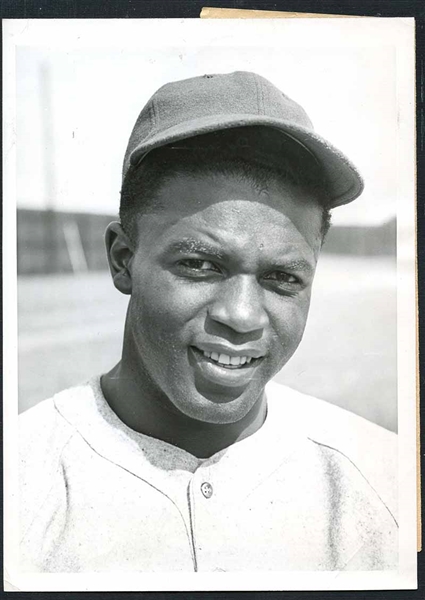
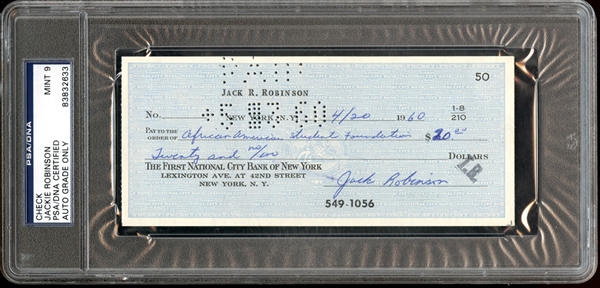
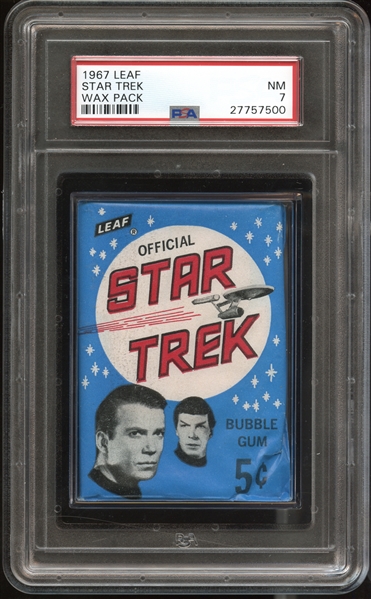

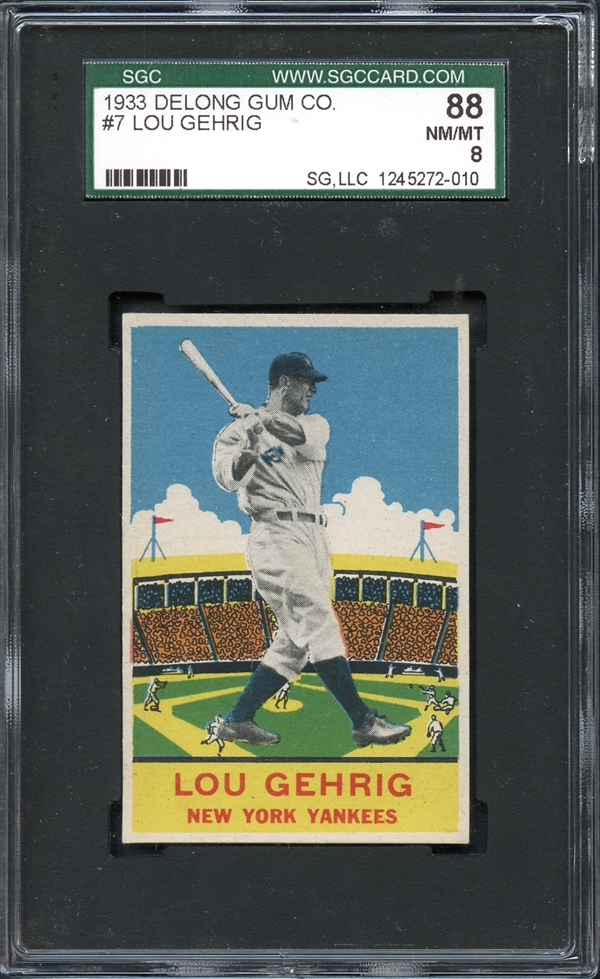 Harold DeLong had an advantage as a key executive in the development of the Goudey series prior to his departure, allowing him to create a clearly more aesthetic product than his former employer, but there were just too many obstacles standing in his way. Goudey, founded in 1919, was a well-established purveyor of chewing gum and had the financial might to secure the materials needed to produce the largest mainstream collection since the legendary T206 series. DeLong, on the other hand, was pioneering a poorly funded start-up that could only muster the ability to release a diminutive 24-card collection. Oh, but what a collection it was! While the brightly colored pigments, real life player depictions and ornate background artistry were a tremendous contrast from the straightforward and often monochrome format of the Goudey collection, there simply was no way that DeLong’s small series could compete with a Goudey set ten times the size that included a quartet of Babe Ruth cards. In addition, the DeLong cards didn’t have the nationwide distribution channel of the Goudey series, and if that wasn’t enough of a handicap, it was widely thought that Goudey’s bubble gum was just clearly superior. Even in the hometown Boston area, DeLong had to contend not only with Goudey but also had to compete with the regionally issued George C. Miller collection. All things considered, DeLong never really stood a chance of success.
Harold DeLong had an advantage as a key executive in the development of the Goudey series prior to his departure, allowing him to create a clearly more aesthetic product than his former employer, but there were just too many obstacles standing in his way. Goudey, founded in 1919, was a well-established purveyor of chewing gum and had the financial might to secure the materials needed to produce the largest mainstream collection since the legendary T206 series. DeLong, on the other hand, was pioneering a poorly funded start-up that could only muster the ability to release a diminutive 24-card collection. Oh, but what a collection it was! While the brightly colored pigments, real life player depictions and ornate background artistry were a tremendous contrast from the straightforward and often monochrome format of the Goudey collection, there simply was no way that DeLong’s small series could compete with a Goudey set ten times the size that included a quartet of Babe Ruth cards. In addition, the DeLong cards didn’t have the nationwide distribution channel of the Goudey series, and if that wasn’t enough of a handicap, it was widely thought that Goudey’s bubble gum was just clearly superior. Even in the hometown Boston area, DeLong had to contend not only with Goudey but also had to compete with the regionally issued George C. Miller collection. All things considered, DeLong never really stood a chance of success.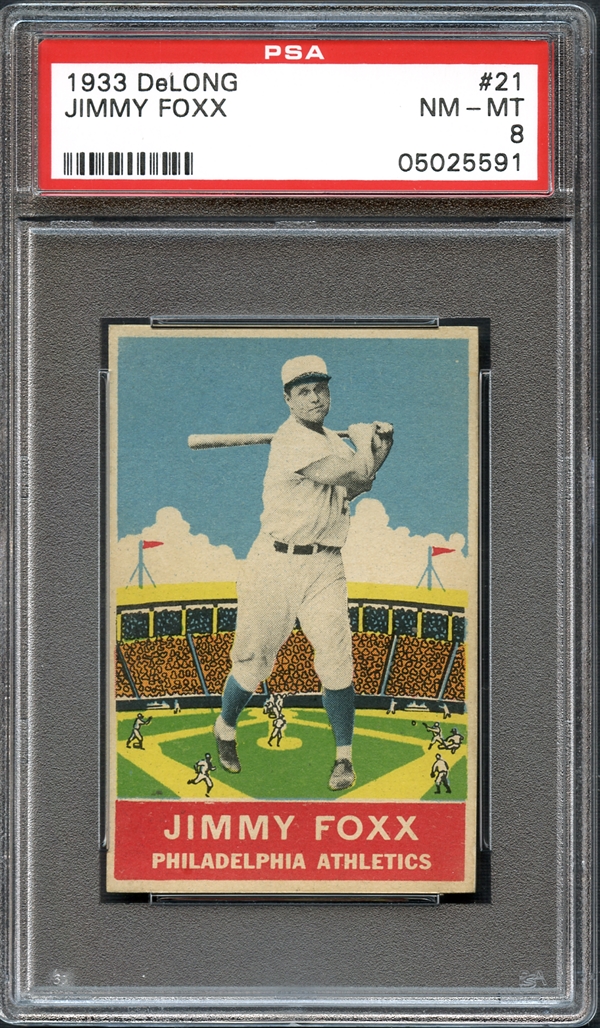 Although there is no Babe Ruth card in the DeLong set, the 24-card collection is jam-packed with star power, boasting 15 Hall of Famers and led by the issues of Yankees Hall of Famer Lou Gehrig and fellow Cooperstown resident Jimmie Foxx. In addition to their groundbreaking appearance, what makes the DeLong series so highly collectible to advanced hobbyists is the difficulty to build an elite assemblage. Nearly 3,000 cards from the entire 24-card collection have passed through the halls of PSA without a single GEM MINT specimen, only two graded MINT and just five subjects (McManus, Terry, Traynor, Gomez and Klein) making it into double-digits pops at the PSA 8 level. Ironically, some of the most difficult high-grade finds from the series are not Hall of Famers: Oscar Melillo, Riggs Stephenson and Lon Warneke. While the series is a challenge to build, there are presently 31 complete collections on the PSA Set Registry with just eight that have reached a level of 7.0 or higher.
Although there is no Babe Ruth card in the DeLong set, the 24-card collection is jam-packed with star power, boasting 15 Hall of Famers and led by the issues of Yankees Hall of Famer Lou Gehrig and fellow Cooperstown resident Jimmie Foxx. In addition to their groundbreaking appearance, what makes the DeLong series so highly collectible to advanced hobbyists is the difficulty to build an elite assemblage. Nearly 3,000 cards from the entire 24-card collection have passed through the halls of PSA without a single GEM MINT specimen, only two graded MINT and just five subjects (McManus, Terry, Traynor, Gomez and Klein) making it into double-digits pops at the PSA 8 level. Ironically, some of the most difficult high-grade finds from the series are not Hall of Famers: Oscar Melillo, Riggs Stephenson and Lon Warneke. While the series is a challenge to build, there are presently 31 complete collections on the PSA Set Registry with just eight that have reached a level of 7.0 or higher.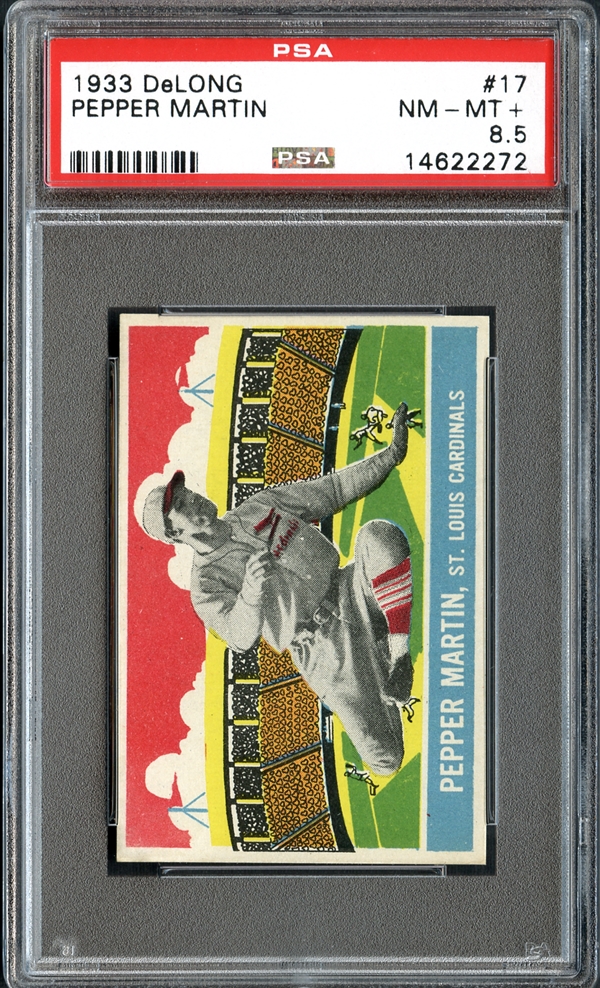 Featured in the Mile High Card Company September Auction is the second finest 1933 DeLong set ever assembled, boasting a set rating of approximately 8.83 with several PSA 8.5 cards that stand as the one and only examples at that grading tier with none graded higher. All but two of the cards in the collection have a grade of NM/MT or better. As MHCC has done in the past with world-ranked assemblages, this collection is being offered as a complete set as well as each card offered individually, with the final sale going to whichever total (the set versus the sum of the individual lots) is higher.
Featured in the Mile High Card Company September Auction is the second finest 1933 DeLong set ever assembled, boasting a set rating of approximately 8.83 with several PSA 8.5 cards that stand as the one and only examples at that grading tier with none graded higher. All but two of the cards in the collection have a grade of NM/MT or better. As MHCC has done in the past with world-ranked assemblages, this collection is being offered as a complete set as well as each card offered individually, with the final sale going to whichever total (the set versus the sum of the individual lots) is higher.